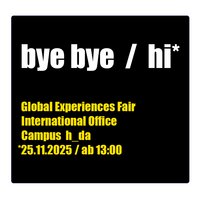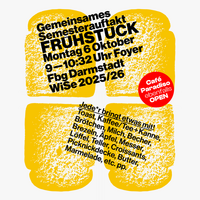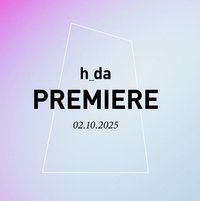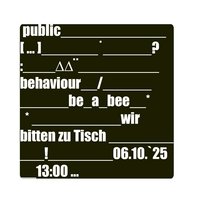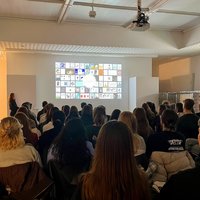Secretariat
Monday-Friday
08.00-12.00
Oleksandra Honchar
Petra Kriebel
Edith Trautmann
+49 6151 533 5600
petra.kriebel@h-da.de
edith.trautmann@h-da.de
Office: E31, 0.06N
oleksandra.honchar@h-da.de
Office: E31, 0.02N
Design sub-library
Monday-Thursday
09.00-15.00
+49 6151 533 5562
E31, 0.12N
